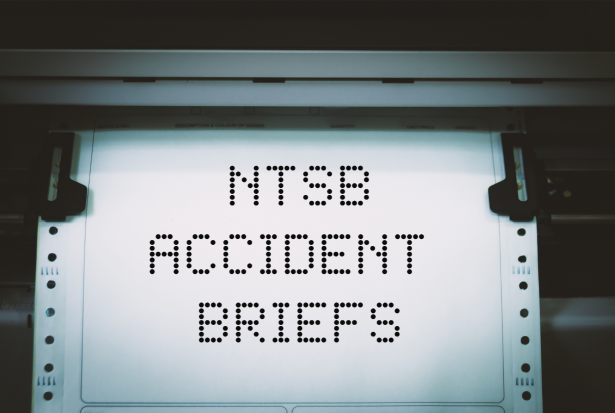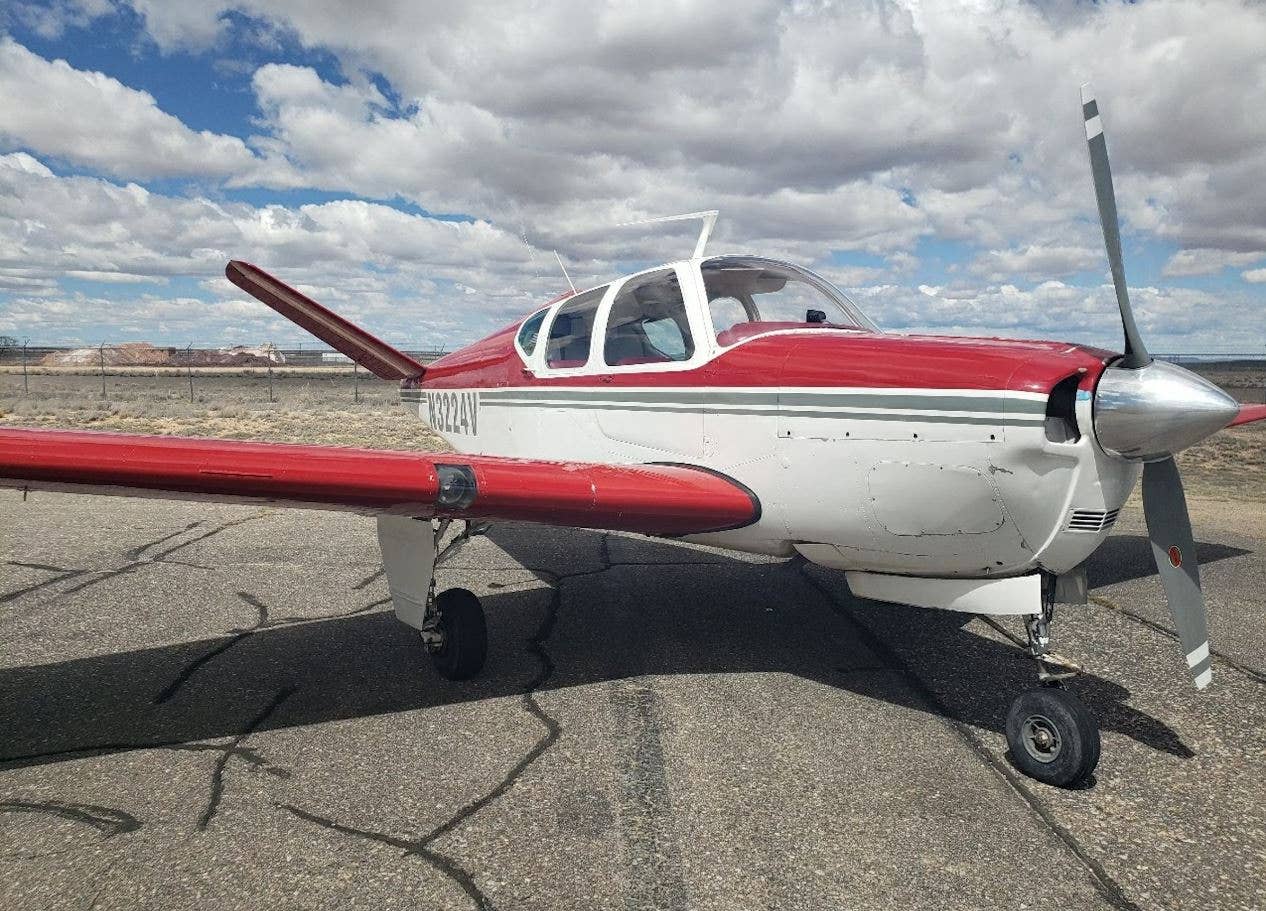
NTSB Accident Brief
Beech 36 Bonanza
Williams, Arizona
Injuries: 1 Minor
The pilot reported that, during an uphill takeoff into ascending terrain, about 4,000 ft down the 6,000-ft long runway and at 80 knots, he rotated the airplane and stayed in ground effect to gain airspeed. He began pulling back to establish a climb, but the stall warning horn sounded, so he reduced the pitch attitude. He added that he "constantly attempted" to pitch up until he heard the stall horn. At the end of the runway, he retracted the landing gear, but it did not affect the airplane's performance. He reported that he knew the airplane had attained a positive climb rate but did not know the specific value. He then saw that the airplane was going to strike a tree, so he pulled back hard, but the airplane struck the tree and then impacted terrain. The airplane sustained substantial damage to the right wing. The pilot reported that there were no preaccident mechanical failures or malfunctions with the airplane that would have precluded normal operation. The airport's automated weather observation station reported that, about 9 minutes after the accident, the wind was calm, temperature 50°F, dew point 3°F, and an altimeter setting of 30.41 inches of mercury. The airplane departed from runway 18. The airport elevation was about 6,691 ft mean sea level (msl). Runway 18 was 6,000 ft by 100 ft with a 1.0% up gradient. The calculated density altitude was 7,128 ft. The calculated takeoff distance with flaps up was 2,442 ft, and the takeoff distance over a 50-ft obstacle was 4,440 ft. The calculated climb rate was 670 ft per minute. The airplane was equipped with additional tip tanks per a supplemental type certificate, which increased the allowable maximum gross weight to 3,833 lbs. The pilot reported that the airplane's weight at the time of the accident was 3,797 lbs with a center of gravity of 80.7 inches, which was near the forward center of gravity limit.
The pilot added that the Federal Aviation Administration (FAA) inspector estimated that the tree was 35 to 40 ft tall. The FAA inspector provided an on-scene picture, which included the elevation and latitude and longitude coordinates for the accident site. The elevation was 6,716 ft msl, and based on the coordinates, about 0.4 mile from the end of the runway.
Probable cause(s): The pilot's failure to attain a sufficient climb rate during initial climb in high-density altitude conditions with the airplane near its forward center of gravity and maximum gross weight limits, which resulted in an impact with trees.
Note: The report republished here is from the NTSB and is printed verbatim and in its complete form.

Subscribe to Our Newsletter
Get the latest Plane & Pilot Magazine stories delivered directly to your inbox



